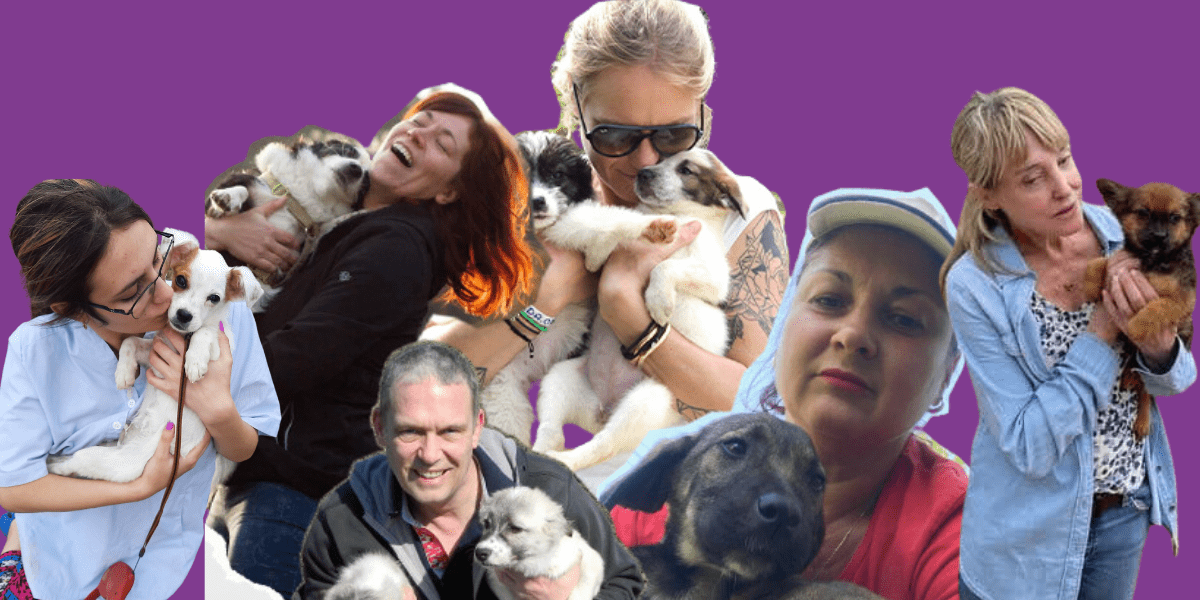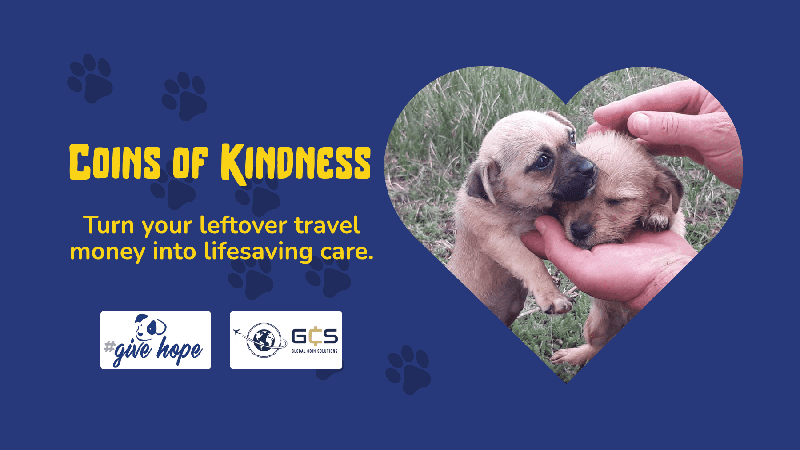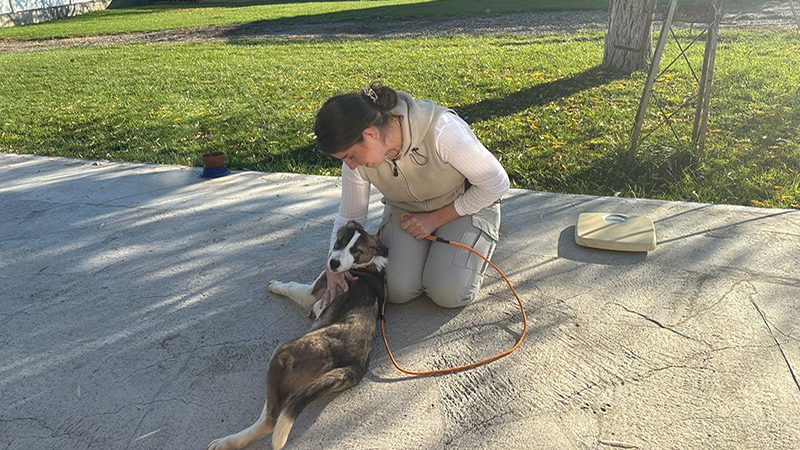Understanding Canine Behavior: What Your Dog’s Actions Reveal

Here is something that sounds difficult to do before you have a dog: understanding them and being able to have a “conversation.” You might think that only professional trainers and seasoned dog owners will know the significance behind every sniff and growl. Still, the experience will soon teach you that any dog owner with a connection to the dog and a genuine desire to learn to speak its language will know.
Studies show that dogs understand over 100 words. Let’s see how many of your dog’s cues and signals you can be “trained” to understand.
How do dogs communicate?
It may surprise some, but dogs are very ‘talkative.’ They bark, use facial expressions, make a specific type of eye contact, and posture. Dog owners need to know their dog’s personality and be able to understand what they’re trying to say through their actions.
Dogs will tell you exactly how they are feeling. All you need to do is look at them, figure out why they act that way, and act accordingly.
The most common ways in which dogs communicate
Tail wagging
A wagging tail signifies a happy, playful dog, right? Well, sometimes.
When a dog wags its tail, it is usually a sign of high excitement. Yes, it may mean it is happy to see you, but it can also signify frustration. According to some studies, you need to look at the position of the tail, the speed at which it is wagging, and even the direction of the wag.
The faster the tail wags, the happier and more relaxed the dog is. Everyone can recognize the helicopter movement of the tail, which you can see when a dog greets a loved one. A slow, twitching movement of the tail, combined with other body cues, may mean stress and frustration—like a guard dog being alert.
Recent studies have also shown that wagging their tails more to the right has a positive meaning while wagging them more to the left has a negative one. Therefore, people discuss the direction of the wagging tail.
Another sign is the position of the tail. A dog will hold its tail higher to appear more assertive, making itself look bigger. The lower the tail, even wagging from between the legs, the more submissive it tries to look.
The best way to interpret tail wagging for yourself is first to understand the neutral position of the dog’s tail, given its breed and constitution. Then, put movements in the proper context. A helicopter tail wag may be reserved for you, and a slow-paced wag may be reserved for a stranger at your dog. Always consider the context when you are still studying your dog’s cues.
Raised hackles
A slow-wagging tail and raised hackles mean your dog is on high alert? The fur on our dog’s back, from the back of the neck to the tail, will fluff up whenever the dog is upset, stressed, excited, or simply highly interested in something. You will notice it is accompanied by barking or intense sniffing of something or someone. This reaction is like when people get goosebumps.
It might not mean something wrong, but it’s best to be alert when you notice this, just in case their interest peaks with something they might perceive as threatening.
Ear positions
Reading into this might depend significantly on a dog’s breed and ear shape. Flappy ears are the norm for a relaxed pup. Ears pinned to the head and a submissive demeanor means your dog is looking for petting and cuddles and is warming up to you. However, ears pinned to the head, raised hackles, a slow-wagging tail, and showing teeth are bad. It means the dog is on high alert and even getting ready to be aggressive.
Ears sticking up (provided that the dog’s constitution allows it) and a playful look means the dog wants to play and spend quality time with you. Ears sticking up, raised hackles, and a fixed posture mean the dog is alert and intensely analyzing a situation.
Breeds with long and floppy ears may be more challenging to read because they do not control the muscles that allow such movements. So, their owners must watch for other signs of playfulness or high alertness.
Eyes
When a dog looks lovingly into your eyes, sighing occasionally, it says, “I love you.” People will only accept this level of intense eye contact the dog feels comfortable around.
Strangers making intense eye contact with any dog will frustrate it, and you will see it try to look away. This is a clear sign that the animal is uncomfortable and that insisting on and keeping it in that situation will have some risks.
Whale eyes are when you can see a lot of the white of the eyes as the dog has a fixed stare with widening lids. This is a sign of frustration and anxiety. Dogs will look like that when they are afraid and uncomfortable.
Mouth
Some of the dog’s facial expressions may seem similar to what humans do, but they say something else.
Yawning is a way to release stress. Yes, dogs will also yawn just after waking up or when tired, but a yawn outside this context usually shows that they are stressed. Some dog training professionals even use yawning as a technique to de-stress dogs. You can use it when heading with your dog toward a stressful situation, like a vet visit. Try yawning, and you will see your dog doing the same. This will help relieve tension.
Lip-licking is tricky, especially when a dog is too fast for you to see the flick of the tongue. It is a sign of growing anxiety and discomfort.
Smiling is something people do. It can be one of two things when you see it in dogs. A smile with a relaxed face and a wriggly posture usually means a submissive grin. However, a smile with the front teeth fully displayed and the corners of the mouth shaped like a C would be a snarl and a sign of aggression.
Posture
Body language is essential when understanding what your dog is trying to say. There are two postures with opposing meanings. The cowering posture, where the dog is hunched toward the ground, with its back curled up and its tail tucked between its legs, to make itself appear small and not threatening. This is the posture of a scared dog.
Its opposite posture is one in which the dog’s body weight is shifted forward as if ready to lunge. The dog is trying to make itself appear larger and could have aggressive intentions.
The play bow is when the dog’s chest is placed on the ground while the rump is up. A wagging tail, ears held upright, and a cheerful disposition show that this posture is an invitation to play.
Two postures often misinterpreted are the paw raise and laying on the back. The paw raise can usually signal insecurity, so check the overall look of the dog and the context. Lying on the back can also be misinterpreted, and people may think the dog only asks for a belly rub. If this posture is accompanied by urination, the dog is highly stressed and anxious.

Why is knowing how to interpret your dog’s body language so important?
The Internet has videos of people giving dogs hugs and kisses and getting almost bit in the face. Dog trainers watching these clips have noticed some big mistakes in people misreading the signals sent by the dogs.
First, dog noses are a lot more sensitive to smells than human noses. This means that getting so close to a dog as to give it an unsolicited hug or a kiss is ill-advised. Second, to anyone who has learned to read a dog’s body language, it is obvious from the hard stare, the whale eye, the lip-licking, and the ‘smiling’ that the dog is not comfortable and that it might express this dissatisfaction.
While most dogs are docile and will come in for hugs and kisses themselves, this type of affection showing is not natural to them, but something they need to adapt to and understand that this is how you express love.
Therefore, knowing the basics is more than just the beginning of fruitful communication; it is also the basis of a more solid relationship in which you truly understand your dog’s needs and know how to make its life more comfortable.
 non-US support +44 (0)161 531 8801
non-US support +44 (0)161 531 8801



















































